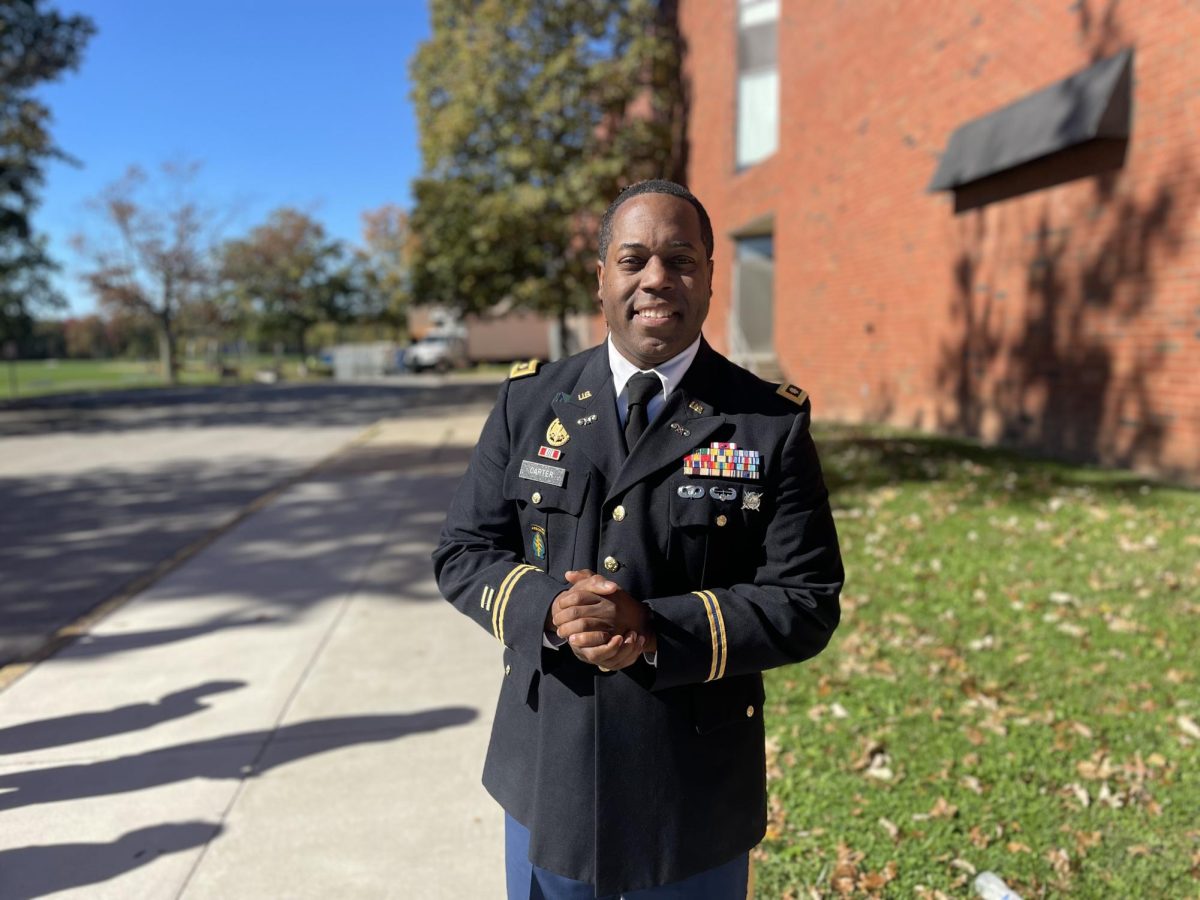Film Review: ‘The Hate U Give’ Shines Light on Dark Reality of Race in America
November 16, 2018
“The Hate U Give” truly deserves the 96% the movie review website Rotten Tomatoes grants it. Though the film, directed by George Tillman Jr., is fictional, it depicts a scenario that seems all too real. From the power crime has on a town, to systemic prejudice and protests meant to counter that prejudice, everything portrayed in the film is portrayed accurately when compared with what can be seen in the world today. Many people in town are too afraid to stand up to crime lords. Both black and white people have toward African americans. The protests show the effects one act has on a city and just how policemen react.
Based off of the novel of the same name by Angie Thomas, “The Hate U Give” demonstrates what a teenage, African American, girl goes through after witnessing the murder of her childhood friend by a Caucasian police officer. Starr Carter, played by Amandla Stenberg, faces the aftermath of this tragic event, while keeping up with her appearance in both worlds she inhabits, trying to seem as little “ghetto” as possible a to fit in at a mainly white private school, while not appearing fake to her friends and family in her hometown. Starr eventually learns to listen to her own voice and stand up for what she believes in.

Amandla Stenberg provides a riveting performance as Starr Carter, a teenage girl who sees her friend killed at the hands of a police officer.
A major theme of the film is in its title: T.H.U.G. (The Hate U Give) L.I.F.E., an acronym which, when broken down, demonstrates that when people openly hate, not only are the people they direct their hate towards negatively impacted, but so many others are as well. The tragic events in the movie traumatize every character, from those who are closely involved in the situation to the people who are bit closely involved. Starr is unable to see the prejudices that lie under the surface of those whom she calls friends; however, through the bad situation, she is able to see people’s true selves and discern who her true friends are.
A realistic depiction of protests allows the audience to see what truly goes on in cities struck by police brutality. Though its story is told from Starr’s perspective, the film affectively shows the impacts on her parents, siblings, friends, and neighbors. Some people expect her to stand up for the African American community, which she wants to do, but she’s constantly threatened by neighborhood crime lords because they don’t want her to expose what Khalil did for them. Policemen and reporters focus on the things Khalil did wrong but not what the officer did. It’s clear throughout the film many people pick a side without knowing all the facts and that could not be more true.
Starr originally thinks that the prejudice only exists with caucasian officers, but she soon realizes otherwise. When she confronts her uncle and asks what he would do when pursuing a white man and a black man, she finds out he, an African American, would draw his gun more quickly on black person than a white person. By highlighting that it’s not always white against black and in some cases it’s blue (officers) against black, the audience can see how preconceived ideas affect everyone from those whom you would most expect to those whom you would least expect.

